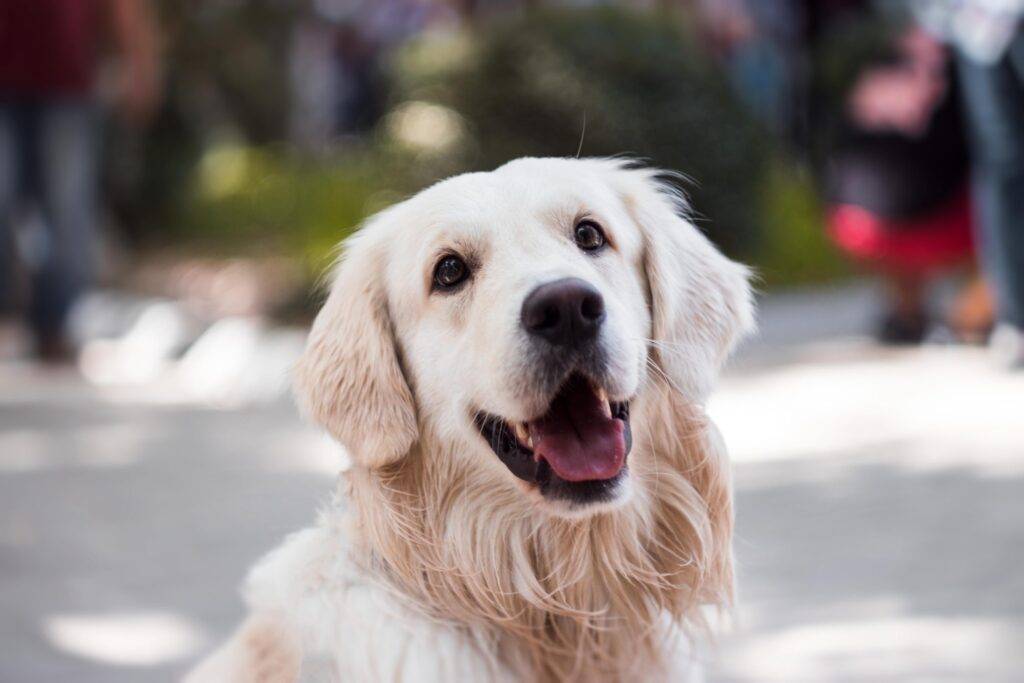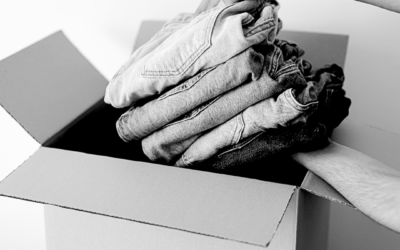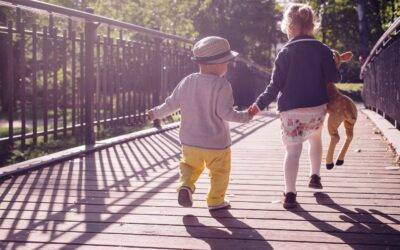
If you are facing a move with your beloved pets then please stay tuned and enjoy the read.
I have listed tips for successfully moving with pets based on research and our own experience.
Moving with pets:
Moving is stressful and challenging on it’s own, even more so when pets are involved. Most pets get very attached to their habits and surroundings. Changing it can feel quite disorientating and distressing to your pets.
My experience: Moving with a dog
A few years ago we have moved to our new home with a toddler and a Golden Retriever. An experience like no other, even for the pro’s J For weeks I have been creating countless checklists to make sure I didn’t forget anything important, and everything was organised and prepared for moving day. No surprises where allowed!
However that’s not how it went. I totally didn’t take into consideration how our little puppy would react once at the new house. At that time he was newly house trained and has finally become familiar with his surroundings especially all the wholes in the fence and newly laid turf! Of course I had a checklist with all of his bits like: his bed, toys, food and feeding bowls and already knew where I was going to set him up at the new house. But who was going to take care of him on the day?! And what could I do to help him adjust after the move?! Below I have put together some tips for you all to consider before moving with your four legged friends.
Planning:
Planning ahead is the key to reducing the levels of stress for you and your pet. It’s a good idea to have some boxes at the house before the full pack commends so your cat/dog can become familiar with it and not be afraid of it later.
Also, I have found out that not washing your pets bedding or favourite blanket can work wonders. It helps your pet settle in their new home easier if they have a few familiar-smelling things around them. Another important thing is having a clear agenda on where your pet will spend the time comfortably before, after, and on moving day is a must. Don’t be afraid to ask a friend or family member to look after your pet on moving day. Moving means you will have to take care of many things and knowing that your pets are taken care off will save you and your pet a lot of stress and worry on the day of the actual move.
Ok, so let’s break it down a little:
Vet:
Collect any medical records from your current vet and find a new one if where you are moving to requires to find a new clinic. This is also a good time to check if your pet is up to date with all of the vaccinations before the move. My pup had awful travel sickness so it may be helpful to discuss with the vet a possibility of giving some car antisickness medication or anti-anxiety meds before you travel.
Travel:
Familiarise your cat or dog with transportation method if other than the vehicle they already know. Don’t feed your pet just before the car drive as they may become car sick.
If your cat or dog has never travelled far before, introduce them to a travel carrier in advance. Make sure they have enough room to lay down comfortably and take regular breaks with water and some food. Putting their blanket or favourite toy can help with the anxiety and keep them entertained. PS: don’t forget the leash and make sure that the tag on the collar has got your updated contact number.
Settling in at the new home:
Below are things you can do calm your pet after moving and help them adjust to the new home. Most animals aren’t fond of moving, but there are a few steps you can take to help them getting used to the new environment. Be patient and reassuring while your transitions to the new home.
Set up an enclosed, quiet area or room where your pet can relax and calm down after the move.
- Put up furniture and objects they are used from the old home first.
- Set up their familiar feeder and drinking bowl.
- Set up their familiar bedding or basket and lay out their favourite toys.
- Stick to your pet’s feeding and walking routine.
- Pet-proof the new home and garden
- Keep your pet indoors
Keep dogs indoors for the first few days and let them get used to their new home. Be with your dog when you take her into the garden for the first time. Keep your dog on a leash for the first few walks in the new neighbourhood.
Cats need much longer than dogs to adjust to the new surroundings, and you should keep them indoors for four weeks before letting them go outside.
Update your pet’s information
Change the address on the collar. You may also have to contact the vet or pet microchip registry your pet is enrolled with to update your contact details.
Recent Posts
- “Breaking Down the Costs of House Removals: What to Expect and How to Save Money”
- “Top Reasons Why Choosing a Local Removal Company is the Best Decision You’ll Make!”
- “Timing is Everything: When is the best time to move house in the UK?”
- Tips for moving with pets
- What to have ready for the 1st night at the New House






Recent Comments